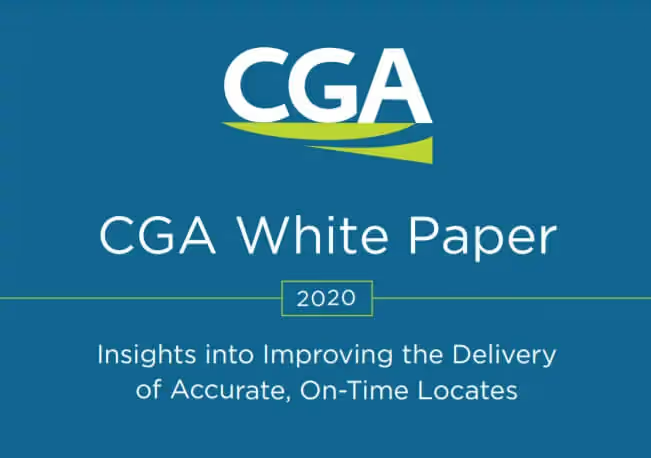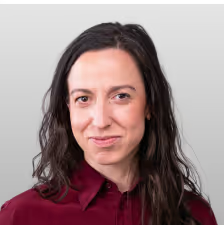CGA’s report on improving the delivery of accurate, on-time locates – Key points
Written by

Published on
December 31, 2020


Table of contents
During October 2020, The Common Ground Alliance (CGA) released the new “White Paper,” which features insights into improving the delivery of accurate, on-time Locates.
This year, the White Paper shows insights from new research into a critical stakeholder group: locators, including technicians and managers. The research goal is to help the damage prevention industry better understand their fellow locating stakeholders, and every stakeholder’s shared responsibility in achieving timely and accurate locates.
There are four key takeaways from the research.
Firstly, the damage prevention process envisioned several decades ago must be able to adapt to a rapidly changing industry, so it can effectively reduce damages to buried utilities on a national level.
The sheer volume of notifications puts increasing pressure on locators, and locating stakeholders struggle to manage requests.
Finding ways to control ticket volume and reduce the variability of tickets could be key to helping the industry more effectively reduce damages related to locating issues.
Secondly, white-lining and updated facility maps may be the damage prevention industry’s most effective paths to timelier and more accurate locates. Among technicians, the lack of mandatory white-lining emerges as the top challenge facing the industry. It is identified as the top barrier to accurate and on-time locates and the second-most effective measure for improving locate accuracy and timeliness, only behind updated maps.
CGA mentioned that exploring the role of notification technologies such as virtual white-lining could also be valuable.
Thirdly, in addition to process inefficiencies, workforce issues, including retention and training, emerged as significant barriers within the locating industry, according to both supervisors and technicians. The data shows that younger, less experienced, and less “bought-in” technicians may focus on workload pressures more than safety. There are two ways to fix this barrier:
- Improving the frequency of ongoing technician training.
- Highlighting locating as a career – that way, it can improve perceptions of the profession and attract a robust workforce.
The last key takeaway is that reimaging relationships between key stakeholders can dramatically move the industry forward.
CGA is built on the foundational principle that damage prevention is a shared responsibility. Achieving the next significant reduction in damages to buried utilities will require the industry to evaluate opportunities to improve stakeholder interactions. For example, providing a path to easier communication between locating technicians and excavators could solve both near- and long-term problems.
To conclude, the CGA encourages innovation and new practices to address the most critical damage prevention challenges.
It has become clear that the damage prevention industry needs to “dig deep” and find more creative, innovative, and systemic solutions to tackle these issues.
On our front, 4M Analytics is ‘digging deep’ – providing owners, consulting engineers, and contractors a complete, accurate, and up-to-date subsurface infrastructure database.
Our technology is the solution for each challenge that CGA presents.
Recent blog posts

Our Newsletter
Join 7k infrastructure professionals
Get monthly insights on ways to build smarter, faster and safer with Utility AI.

.avif)




